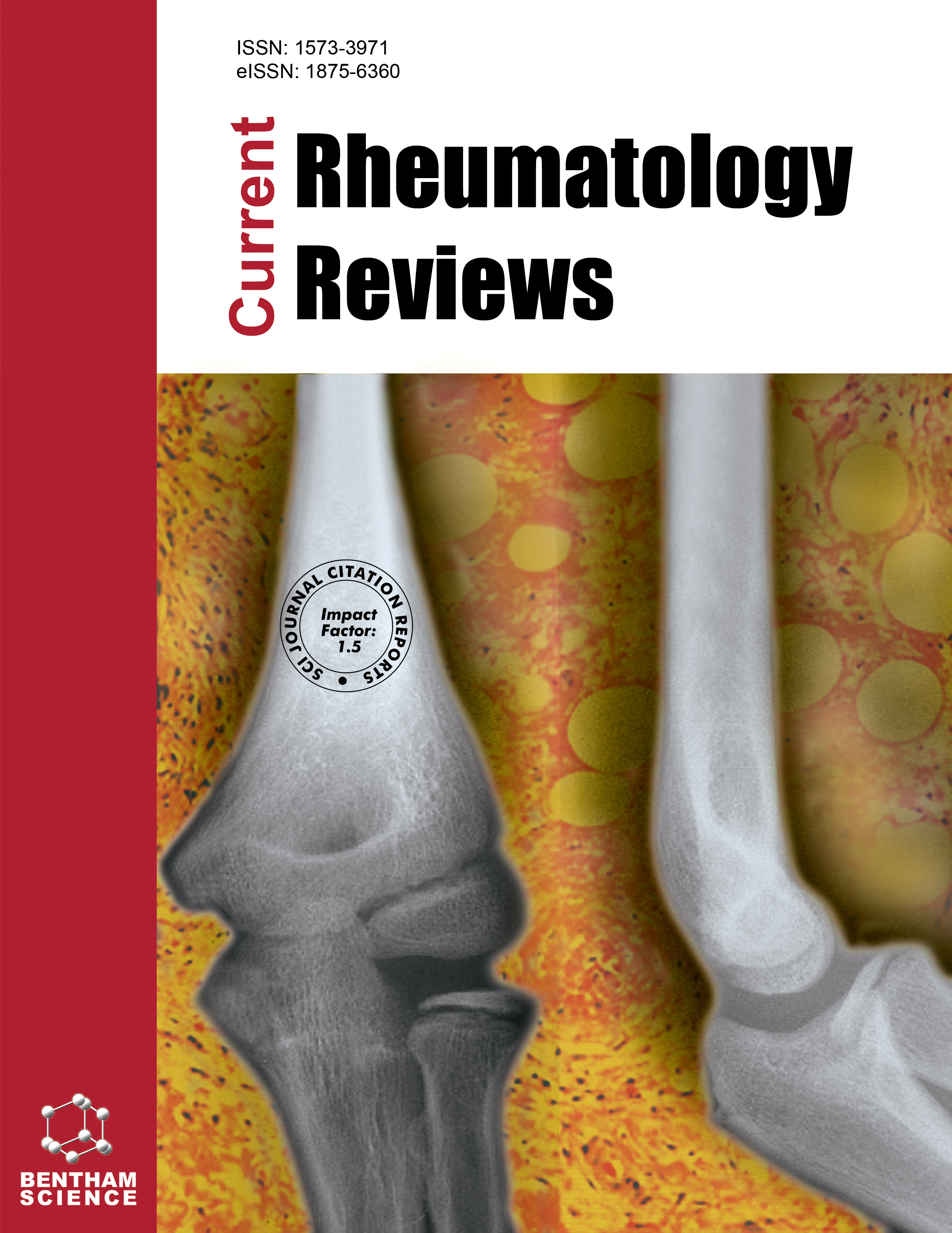
Full text loading...

Adipose-Derived Mesenchymal Stromal Cells (ADMSCs) are a developing area of cell therapy due to their ease of access and differentiation potential. Within in vitro studies, culturing cells at low oxygen tension (< 21%) can modulate the immune function of MSCs, enhance cell proliferation, and reduce cell senescence. This could impact their clinical utility when implanted in vivo. This systematic review examined the effect of hypoxic culture on ADMSCs in vitro and their behaviour when implanted into an in vivo disease model.
This systematic review was registered on the PROSPERO database with the identification number CRD42023401755. A literature search was performed across four databases: EMBASE, MEDLINE, PubMed, and Cochrane.
320 studies were extracted from Embase, 122 from Medline via Ovid, and no studies were selected from the Cochrane database. Before screening the abstracts, 50 records were removed as duplicates. Following the abstract screening, 330 records were excluded from the search. Based on the complete text, 62 papers were included according to the applied criteria, as shown in Table 1. The final number of included articles was five.
In several selected studies, hypoxic culture (or preconditioning) of ADMSCs has been shown to positively affect motility, promoting cell differentiation and the resolution of ischaemic injury. However, hypoxic culture was not universally successful across the selected in vivo study models. Selected studies indicate that hypoxic preconditioning of ADMSCs improves motility, aiding cell differentiation and the healing of ischaemic injury. While in vivo models suggest enhanced cell function with hypoxic culture, results vary, reflecting differences in culture methods and technical translation issues between in vitro and in vivo models. The limited number of papers reviewed makes it challenging to draw broad conclusions due to the diversity of models and methods.
To conclude, a common focus in the studies is VEGF activation, highlighting its potential as a therapeutic target, especially for retinal disorders that affect angiogenesis. Nonetheless, the influence of conditioned MSCs on VEGF-particularly in musculoskeletal research such as cartilage regeneration-has not been thoroughly examined. Future reviews must focus on this gap as the field progresses.